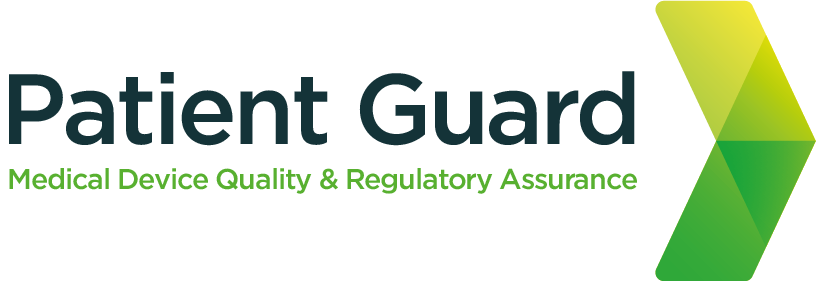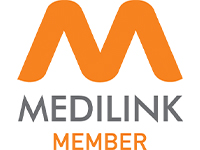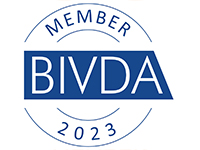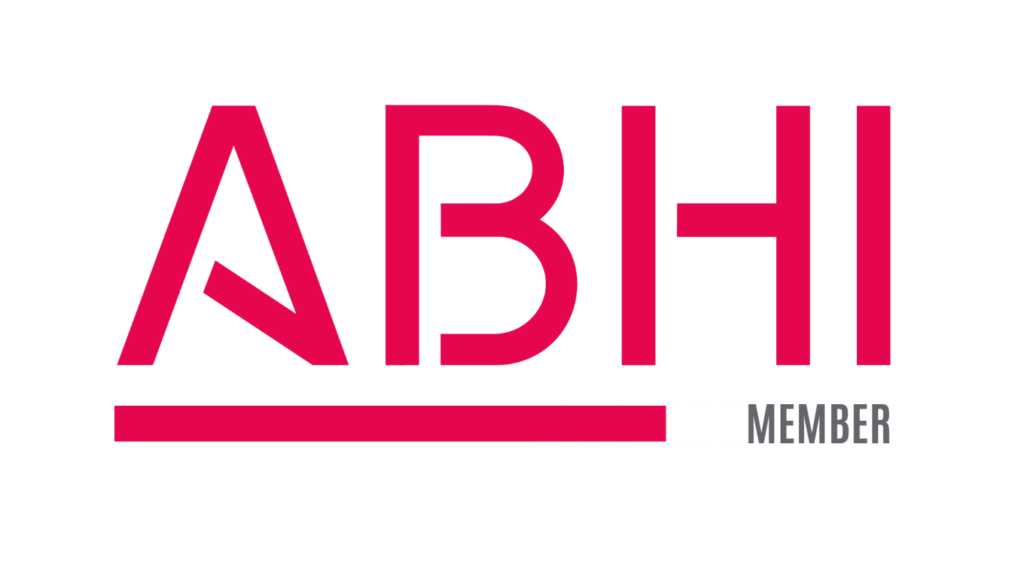Understanding the Role of the Person Responsible for Regulatory Compliance (PRRC) under MDR and IVDR
In the dynamic landscape of medical device regulation, the Person Responsible for Regulatory Compliance (PRRC) holds a pivotal position. Especially under the European Union’s Medical Device Regulation (MDR) 2017/745 and In Vitro Diagnostic Regulation (IVDR) 2017/746 article 15, the PRRC plays a critical role in ensuring adherence to regulatory standards and safeguarding patient safety.
What is a PRRC?
The PRRC is a designated individual within a medical device manufacturer’s organization responsible for overseeing compliance with regulatory requirements. Their responsibilities encompass various aspects of regulatory compliance, including ensuring conformity assessment, maintaining technical documentation, and conducting post-market surveillance activities.
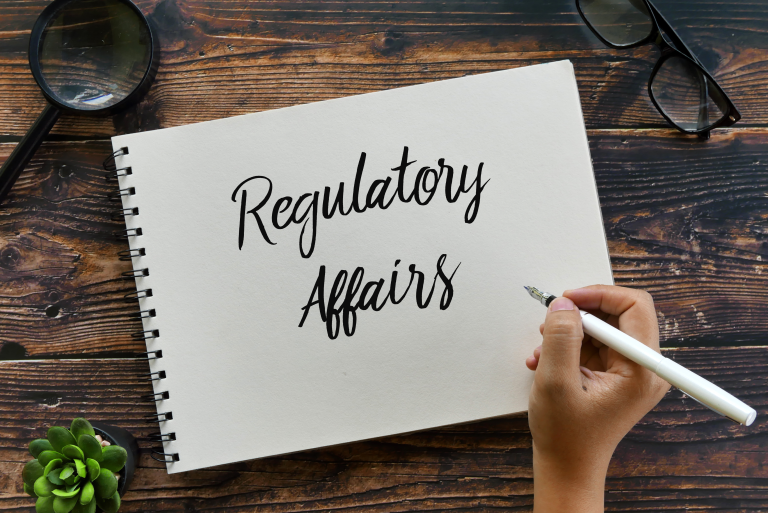
Key Responsibilities of a PRRC under MDR and IVDR:
Conformity Assessment: The PRRC is responsible for ensuring that medical devices and in vitro diagnostic devices undergo thorough conformity assessment procedures as per the requirements outlined in MDR and IVDR. This involves assessing the product’s compliance with essential requirements, including safety and performance standards.
Technical Documentation: Maintaining comprehensive and up-to-date technical documentation is a crucial aspect of the PRRC’s role. They must ensure that all relevant documentation, such as technical files and design dossiers, accurately reflects the device’s characteristics and compliance status.
Post-Market Surveillance: The PRRC oversees post-market surveillance activities to monitor the safety and performance of medical devices and IVDs once they are placed on the market. This includes collecting and analyzing data on adverse events, conducting trend analysis, and implementing corrective and preventive actions as necessary.
Regulatory Liaison: Acting as a liaison between the manufacturer and regulatory authorities, the PRRC facilitates communication and collaboration on regulatory matters. They ensure timely submission of regulatory documentation and respond to inquiries or requests from regulatory agencies.
Patient Guard's PRRC Service:
At Patient Guard, we understand the complexities of medical device regulation and the critical role of the PRRC in ensuring compliance and patient safety. As a leading medical device regulatory and quality assurance consultancy, we offer comprehensive PRRC services tailored to meet the unique needs of our clients.
Our PRRC Service Includes:
Qualified Expertise: Our team consists of highly qualified and experienced regulatory professionals with in-depth knowledge of MDR, IVDR, and other relevant regulatory frameworks. Our PRRCs possess the necessary expertise to navigate the regulatory landscape and ensure compliance with applicable requirements.
Regulatory Compliance: We provide comprehensive support to manufacturers in achieving and maintaining regulatory compliance under MDR and IVDR. From conducting gap assessments to developing regulatory strategies and preparing technical documentation, we assist our clients at every stage of the compliance process.
Post-Market Surveillance: Our PRRCs oversee post-market surveillance activities, including adverse event reporting, trend analysis, and implementation of corrective and preventive actions. We help manufacturers establish robust post-market surveillance systems to monitor the safety and performance of their devices effectively.
Regulatory Liaison: As part of our PRRC service, we serve as a dedicated point of contact for regulatory authorities, notified bodies, and other stakeholders. We represent our clients in regulatory interactions, ensure timely submission of regulatory documentation, and address any regulatory queries or concerns.
Continuous Support: We provide ongoing support and guidance to manufacturers to ensure ongoing compliance with regulatory requirements. Our PRRCs stay abreast of changes in regulations and standards, proactively addressing any updates or amendments that may impact our clients’ products.
the PRRC plays a crucial role in ensuring compliance with MDR and IVDR and maintaining patient safety in the field of medical devices. Patient Guard’s PRRC service offers comprehensive support to manufacturers, helping them navigate the regulatory landscape and achieve regulatory compliance effectively. With our qualified expertise and dedicated support, manufacturers can trust Patient Guard to be their partner in ensuring compliance and quality assurance in the ever-evolving regulatory environment.
Article 15 of the MDR & IVDR
1.Manufacturers shall have available within their organisation at least one person responsible for regulatory compliance who possesses the requisite expertise in the field of medical devices. The requisite expertise shall be demonstrated by either of the following qualifications:
(a) a diploma, certificate or other evidence of formal qualification, awarded on completion of a university degree or of a course of study recognised as equivalent by the Member State concerned, in law, medicine, pharmacy, engineering or another relevant scientific discipline, and at least one year of professional experience in regulatory affairs or in quality management systems relating to medical devices;
(b) four years of professional experience in regulatory affairs or in quality management systems relating to medical devices. Without prejudice to national provisions regarding professional qualifications, manufacturers of custom-made devices may demonstrate the requisite expertise referred to in the first subparagraph by having at least two years of professional experience within a relevant field of manufacturing.
2.Micro and small enterprises within the meaning of Commission Recommendation 2003/361/EC (1) shall not be required to have the person responsible for regulatory compliance within their organisation but shall have such person permanently and continuously at their disposal.
3.The person responsible for regulatory compliance shall at least be responsible for ensuring that:
(a) the conformity of the devices is appropriately checked, in accordance with the quality management system under which the devices are manufactured, before a device is released;
(b) the technical documentation and the EU declaration of conformity are drawn up and kept up-to-date;
(c) the post-market surveillance obligations are complied with in accordance with Article 10(10);
(d) the reporting obligations referred to in Articles 87 to 91 are fulfilled;
(e) in the case of investigational devices, the statement referred to in Section 4.1 of Chapter II of Annex XV is issued.
4. If a number of persons are jointly responsible for regulatory compliance in accordance with paragraphs 1, 2 and 3, their respective areas of responsibility shall be stipulated in writing.
5.The person responsible for regulatory compliance shall suffer no disadvantage within the manufacturer’s organisation in relation to the proper fulfilment of his or her duties, regardless of whether or not they are employees of the organisation.
6.Authorised representatives shall have permanently and continuously at their disposal at least one person responsible for regulatory compliance who possesses the requisite expertise regarding the regulatory requirements for medical devices in the Union. The requisite expertise shall be demonstrated by either of the following qualifications:
(a) a diploma, certificate or other evidence of formal qualification, awarded on completion of a university degree or of a course of study recognised as equivalent by the Member State concerned, in law, medicine, pharmacy, engineering or another relevant scientific discipline, and at least one year of professional experience in regulatory affairs or in quality management systems relating to medical devices;
(b) four years of professional experience in regulatory affairs or in quality management systems relating to medical devices.
Relevant Content
- Person Responsible for Regulatory Compliance (PRRC) MDR
- CE Mark & UKCA Mark Technical Files
- Post Market Surveillance & Vigilance
- Post Market Clinical Follow-up (PMCF)
- MDCG 2019-7 Rev 1 – Guidance on Article 15 of the medical device
regulation (MDR) and in vitro diagnostic device regulation (IVDR) on a ‘person responsible for regulatory compliance’ (PRRC)
